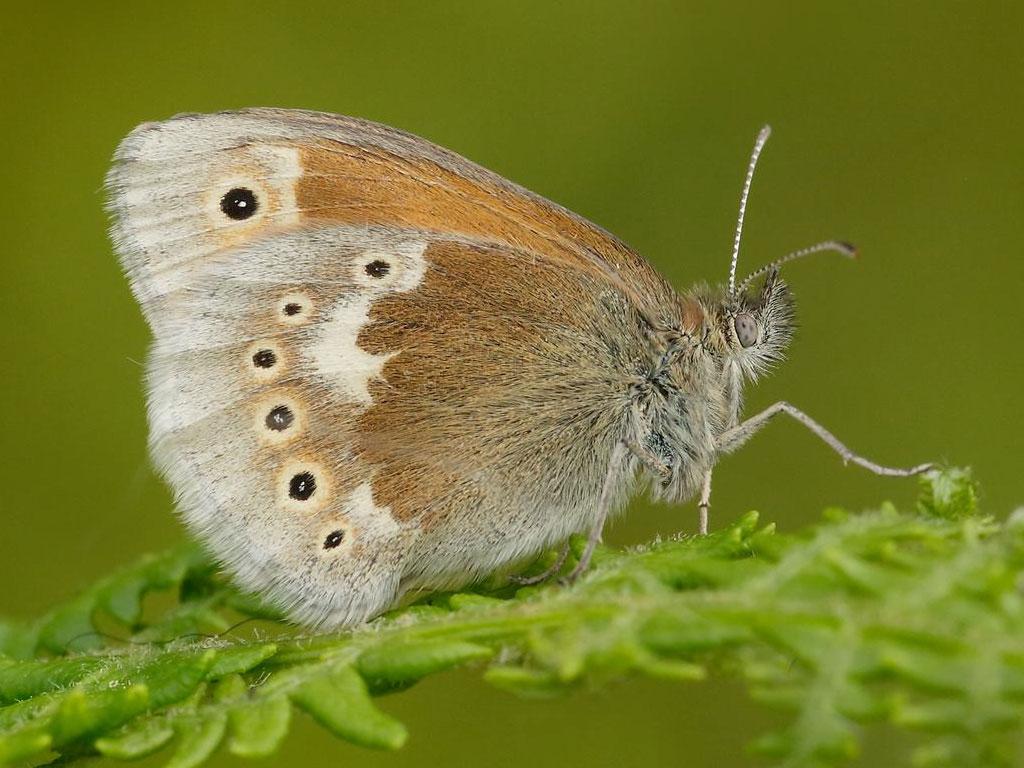Moths and butterflies amongst UK wildlife in decline, State of Nature 2023 report reveals.
The UK’s wildlife is continuing to decline according to a new landmark study published today. Already classified as one of the world’s most nature-depleted countries, nearly one in six of the more than ten thousand species assessed (16%) are at risk of being lost from Great Britain.
The report also highlights those groups facing particular threat, including butterfly species that require specific habitats, whose numbers have decreased on average by 18%, and moths, which have declined in numbers by an average of 31%.
Dr Dan Hoare, Director of Conservation at Butterfly Conservation, said: “80% of butterflies in the UK have declined since the 1970s and half of our butterfly species are on the Red List. Butterflies are a vital part of our ecosystem and are also indicator species, which means they help us to understand the health of our wider environment – we should be taking their decline very seriously.”
According to the report, other groups facing worrying declines include birds (43%), amphibians and reptiles (31%), fungi and lichen (28%) and terrestrial mammals (26%). Much loved species such as Turtle Dove, Hazel Dormouse, Lady’s Slipper Orchid and European Eel now face an uncertain future. There have also been declines in the distributions of more than half (54%) of our flowering plant species, with species such as Heather and Harebell being enjoyed by far fewer people.
Dr Dan Hoare continued: “The science is clear; urgent action must be taken now to halt these declines and restore our natural environment for future generations. We have the answers. We know what conservation measures work, but it needs to happen at a much more urgent pace and on a much larger scale.”
Created in partnership with over 60 conservation organisations, including Butterfly Conservation, State of Nature is the most comprehensive nature report covering the UK, its Crown Dependencies and Overseas Territories. It uses nearly 50 years of data from monitoring schemes and biological recording centres, collated by the incredible work of thousands of skilled volunteers, to provide a benchmark for the status of our wildlife.
Since 1970, the abundance of species studied has declined on average by 19%. However, we also know that before widespread monitoring began, the UK’s biodiversity had already been highly depleted by centuries of habitat loss, unsustainable farming practices, development, and persecution.
As a result, due to human activity the UK now has less than half of its biodiversity remaining. The evidence from the last 50 years, presented in the State of Nature report, shows that the intensive way in which we manage our land for farming and the continuing effects of climate change, are the two biggest drivers of nature loss. At sea, unsustainable fishing and climate change are the major contributing factors.
The State of Nature report also found that out of the assessed habitats which are important for wildlife, only one in seven (14%) were found to be in a good condition and only one in fourteen (7%) woodlands and a quarter (25%) of peatlands were assessed to be in a good ecological state. Due to habitat damage from fishing gear, none of the seafloor around the UK was found in good condition. However, restoration projects, such as for peatland and seagrass beds, are now underway to stem declines. Not only will restoring these habitats have clear benefits for nature and people, but they can also help us mitigate and adapt to the impacts of climate change.
Despite recent moves towards more nature-friendly land and sea use, as yet only a fifth of farmland is now in agri-environment schemes with only some of that helping nature, just 44% of woodland is certified as sustainably managed, and only half of fish stocks are sustainably harvested. While all three measures have improved markedly over the past 20 years, there is still a very long way to go. The best available information suggests that nature-friendly farming needs to be implemented at a much wider scale to halt the decline in farmland wildlife, and must be considered alongside the triple challenge of responding to the climate and nature crises whilst still meeting people’s needs for food, energy, and fuel.
Optimistically, the report also highlights where concerted wildlife conservation action has made a key difference to many species and habitats. For example, large-scale restoration projects, such as Cairngorms Connect - which covers 60,000 ha - benefits a suite of woodland dependent species, including butterfly species such as the Pearl-bordered Fritillary. In Lyme Bay Marine Protected Area, the number of species increased markedly since trawling was banned in 2008. The RSPB's Hope Farm has demonstrated that food production can function alongside measures to benefit wildlife as breeding bird populations increased by 177% over a 12-year period.
Nature conservation works but the scale and ambition need to be rapidly ramped up to tackle, stop and reverse the declines demonstrated by State of Nature.
Read the full report at www.stateofnature.org.uk


